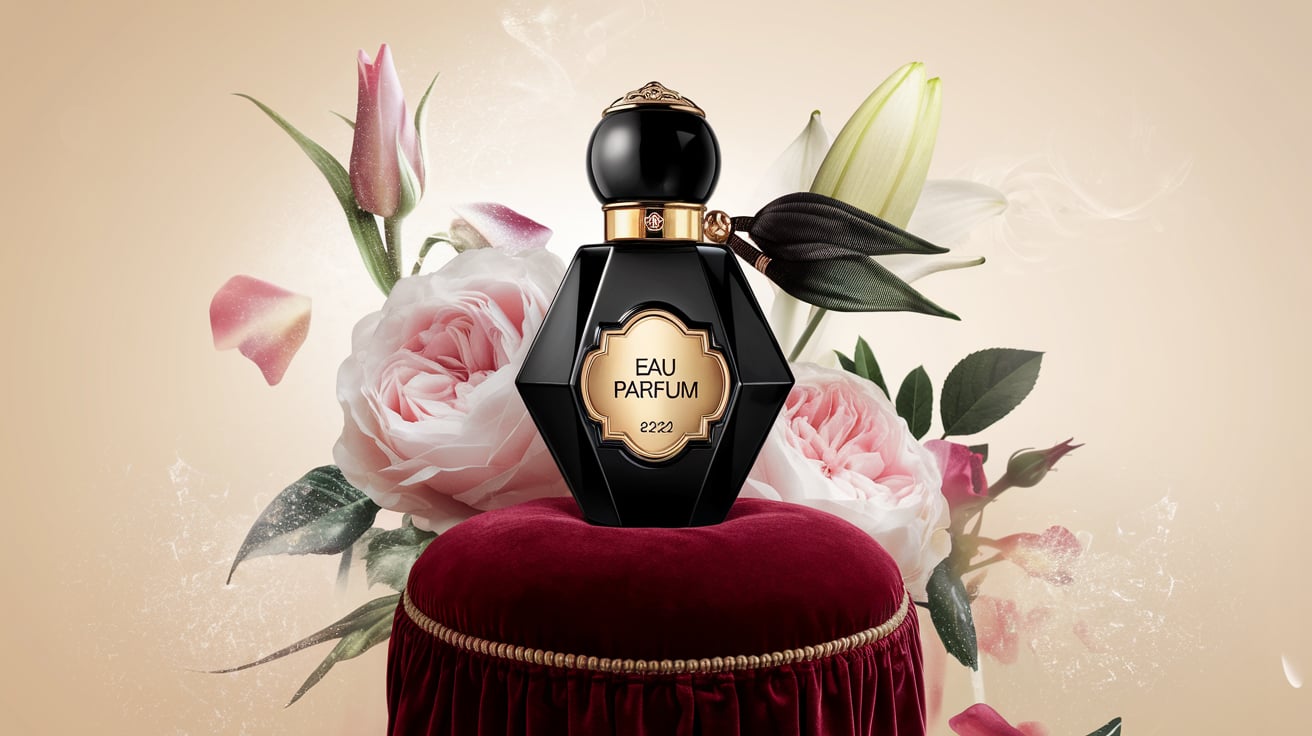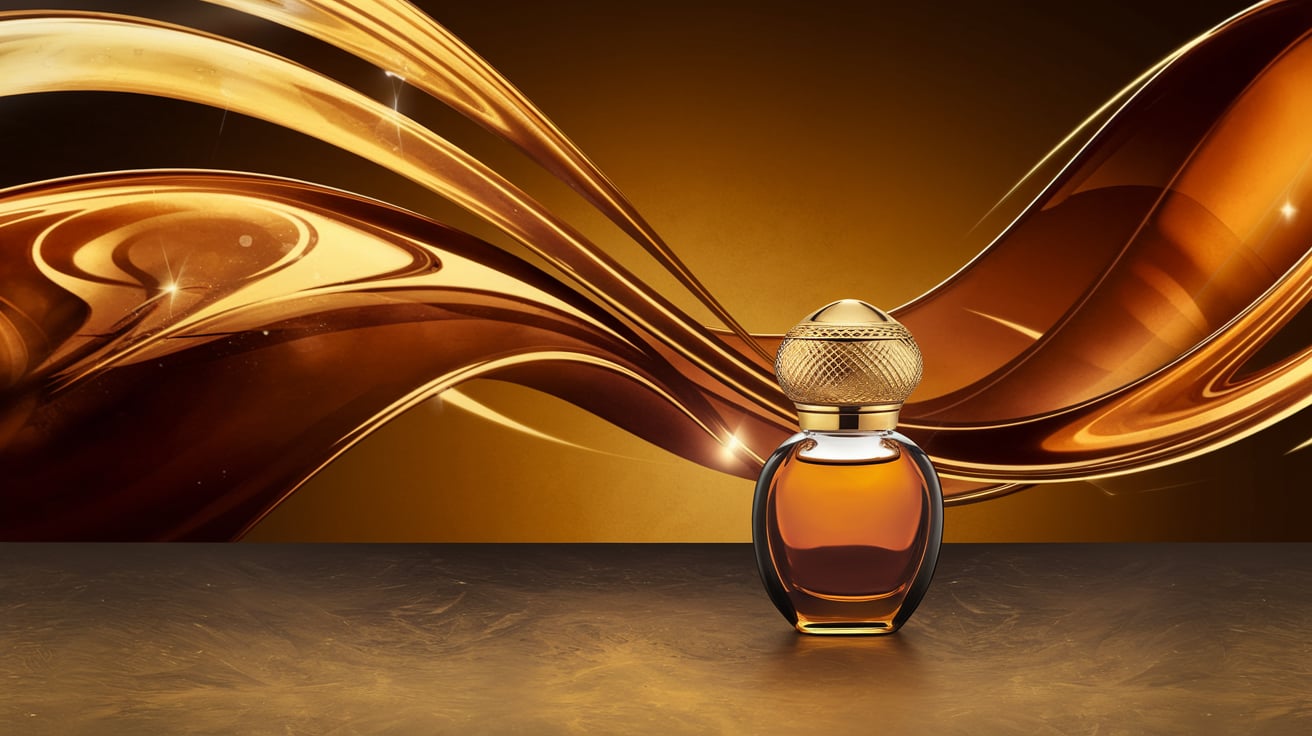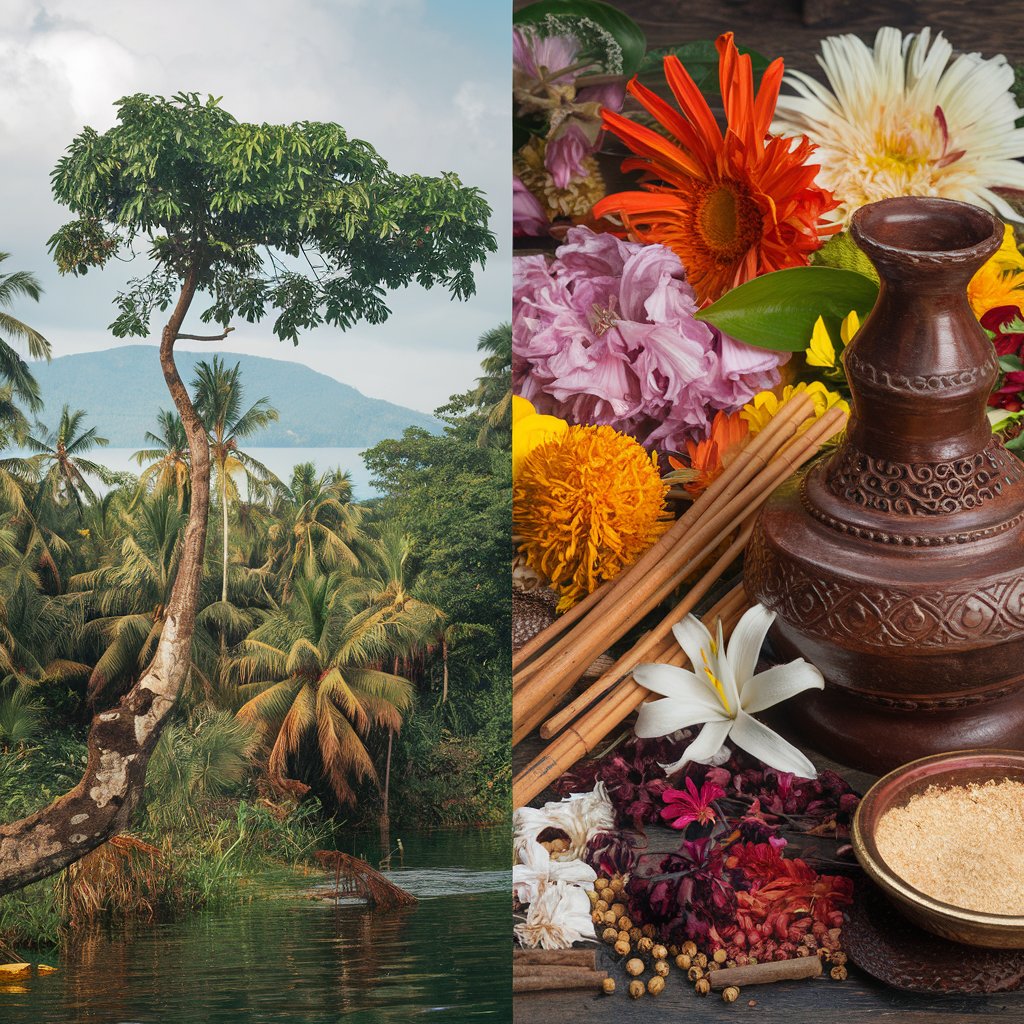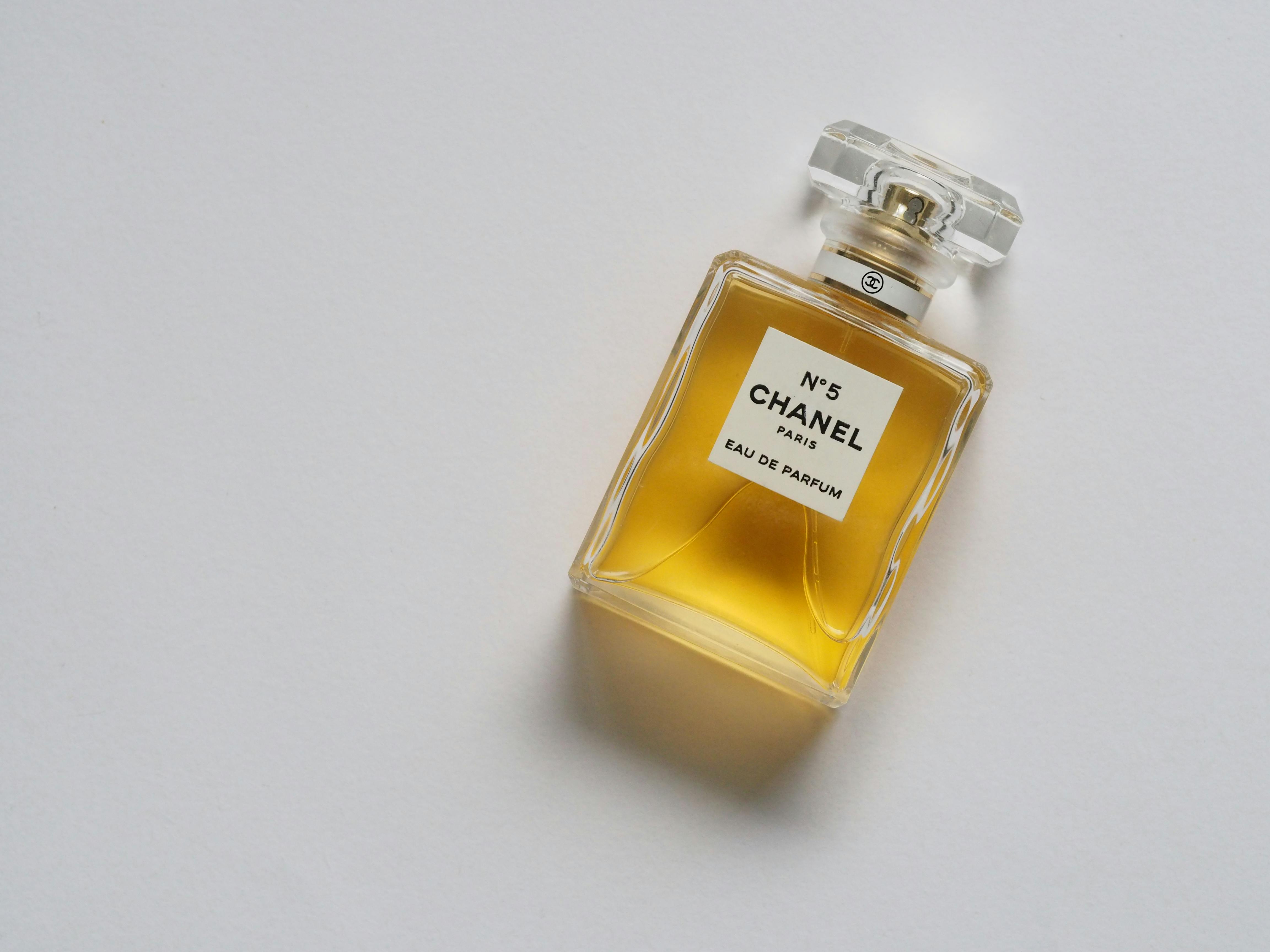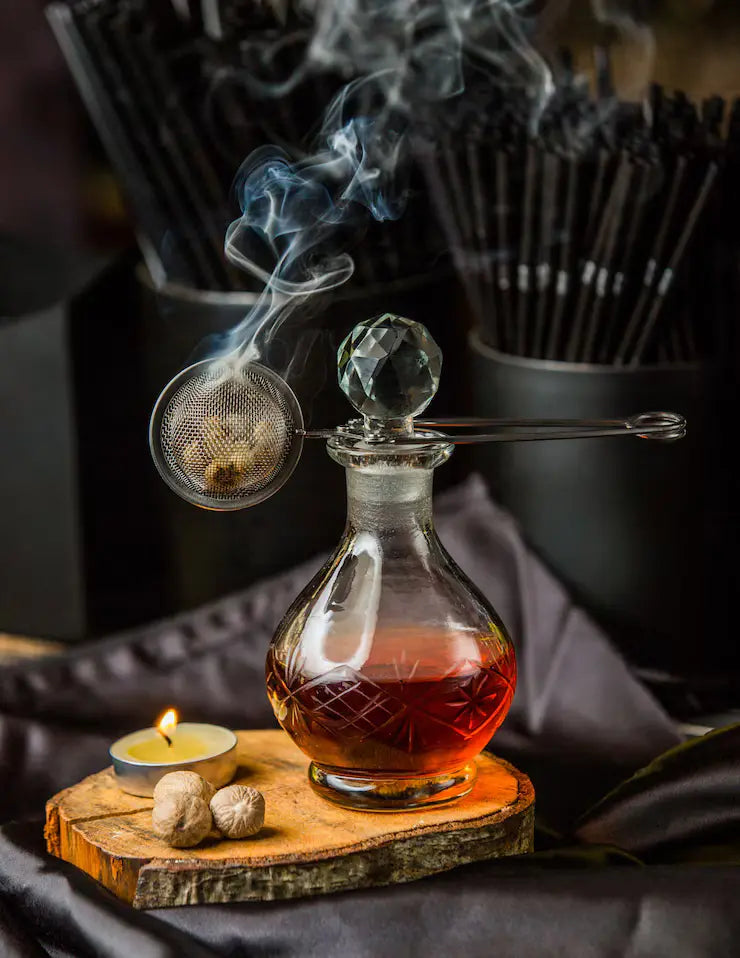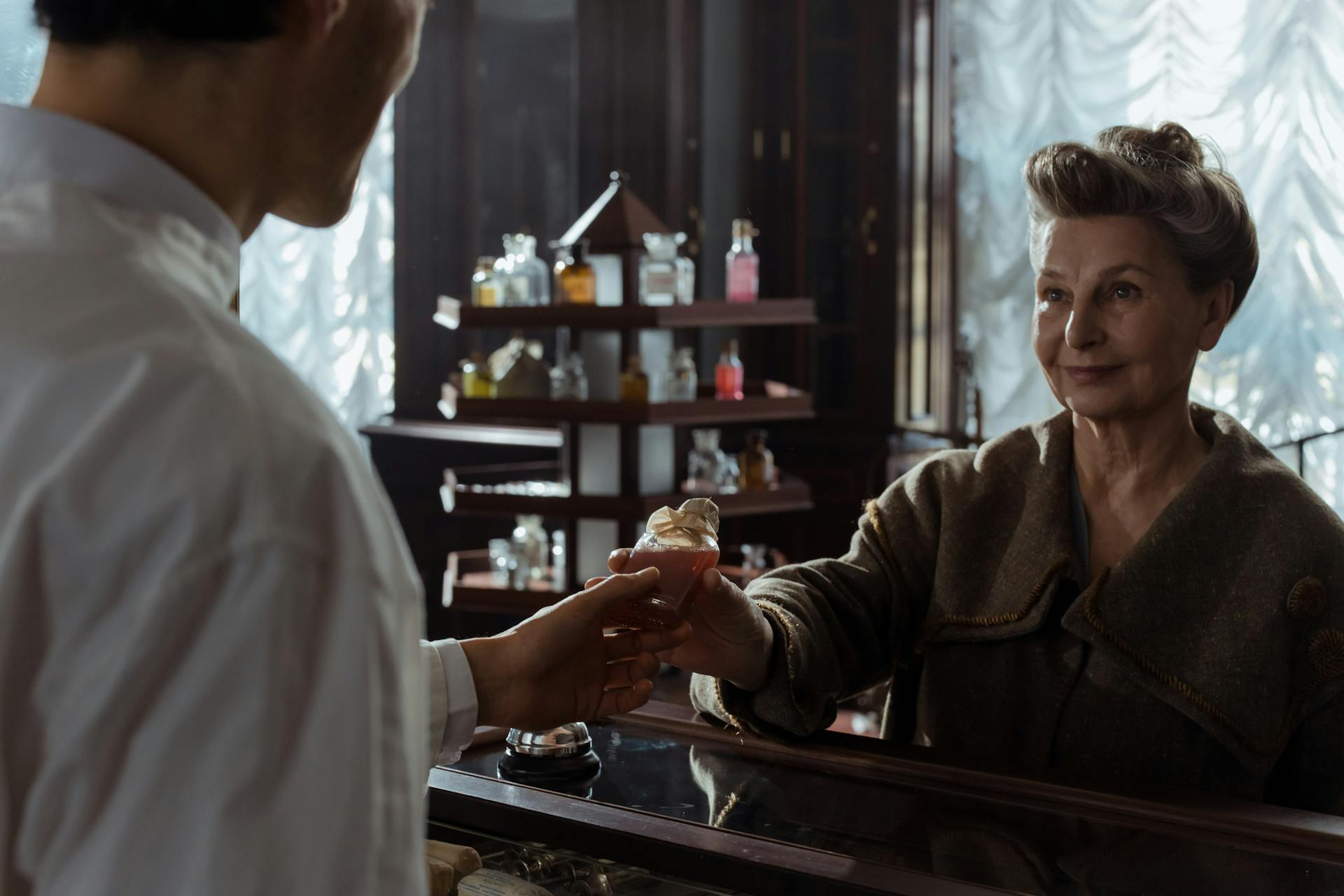
The Fascinating History of Perfumes
You don't have to be a history buff to be fascinated by the intriguing history of perfumes. Although archaeologists haven't been able to trace the exact origins through explorations so far, it is clear that perfumes have been around for thousands of years. Humans have been using fragrances for numerous purposes, from paying tribute to the gods to impressing those around them.
The origin of perfume is usually attributed to Ancient Egypt and from there it takes us to Ancient Persia, to Rome – where fountains were filled with aromatic rose petals – and up to France, where Louis XIV was so addicted to fragrances that he was given the title “le doux fleurant” or “the sweet flowery one.” It is said that the king was so addicted to the French perfume aroma that he demanded a new scent every day.
The modern perfumery era began in the late 19th century when perfumers introduced synthetic ingredients to cater to the market's growing needs. It was also this time when big perfume brands emerged, such as Guerlain and Roger & Gallet.
Let's take a trip down memory lane of the usage and evolution of perfume from one era to another.
History of Perfume Around the World
Before we start exploring the roots of perfume, let’s go further back in time during the prehistoric era. After discovering fire, men started experimenting with what they can burn with the newly discovered element. When the early humans threw plants and herbs in the flames for the first time, they realized that an aromatic smoke emerges from the fire. This was how the early humans first interacted with perfume and from then onwards, newer and more advanced methods were used to extract fragrant oils from plants and herbs. Let’s go down the history trail of perfume through various ancient civilizations.
Perfume in Ancient Egypt
The earliest records of the usage of perfume have been found during the ancient Sumerian civilization that was located in Mesopotamia. The Sumerians used incense and other aromatic herbs mainly for religious rituals, as they believed that it brought them closer to their deities. They used to be the major importers of perfume ingredients to Egypt, which was the biggest consumer at that time. These historical perfumes were mainly manufactured in the form of ointments that were used in temples for mystical purposes.
The indoors of the temples were infused with various high-quality fragrances, showing their devotion to the gods. Incense was burned to cover the space with “purifying flames.”. During funerals, the bodies of the deceased were perfumed with unique aromatic balms that were believed to raise their status in the afterlife. Similarly, the statues of different idols were honored by rubbing them with fragrant pomade.
The Egyptians not only used perfumes for divine rituals but also used them for personal well-being and hygiene. Being very conscious about their outer appearance and body odor, they were seasoned consumers of perfumes. Furthermore, scents were also used by men and women as tools of seduction. Cleopatra, the last ruler of Ancient Egypt, considered herself a living goddess and was very particular about her skincare and beauty. She used to take baths in donkey milk for extra moisturization and scented her skin with bitter almond oil and cinnamon.
Ancient Persia Perfume History
It was not only the Egyptians who were deeply enchanted by fragrances, but the Persians were also routine users of perfumes. Persians came up with light aromatic products, not based on oils, with the help of the distillation process. Before that, the Egyptians used thick oil-based scented products that were heavy on the skin. The Persian doctor Avicenna performed multiple experiments before finally inventing scents that did not have an oil-based foundation. Furthermore, the reign of the Sasanian Empire brought a proliferation of expensive perfumes and exotic scents.
Perfumes held a high value in the upper rich class of Persian society. Most ruling kings were entitled to unique “signature scents” that were exclusively manufactured for them. A famous stone image of the Achaemenid Empire reign period shows King Darius seated on a chair holding a flower-shaped incense bottle and King Xerxes is standing behind him holding a similar scent container.
It has been recorded that controlled cultivation of fragrant flowers and manufacturing of aromatic oils became widespread during the era of ancient Persians. Perfume-making workshops were present all over Iran, where they manufactured most of their fragrances through the distillation process.
Ancient Rome Perfume History
The ancient Romans and Greeks worked on combining different natural ingredients to come up with new unique scents. They paid tribute to their work by documenting each perfume-making recipe. Due to this, many modern perfumes are based on the old recipes that were created during the Greco-Roman period – some even dating back to 1850 B.C. Archaeologists have also recovered some murals that show intricate details of perfume manufacturing.
The Romans did not just use perfumes for religious affairs but considered them an essential part of everyday life. Incense burners were installed in temples as well as public places to stave off foul odors. To further indulge in fragrances, they added scents to skincare products such as moisturizing lotions and balms. This indulgence in perfume led them to import about 2,800 tons of frankincense and 550 tons of myrrh each year.
Pliny the Elder, who was the Roman author known for writing the world’s first encyclopedia, was very concerned about his nation’s obsession with such luxuries. He, along with other moralists of that time, publicly condemned the use of expensive perfumes for which exclusive hand-blown glass containers were made. After the fall of the Roman Empire, such luxurious items were banned and there was a sharp decline in perfume use in Europe for the next few centuries.
Final Thoughts
There is no denying the fact that the timeline of perfumery is such an interesting topic of history to dive into. As we take a close look at how perfumes were used in each ancient era, we realize there’s a story behind every scent.
So, the next time you go out to a perfume shop to purchase your favorite cologne perfume for personal use or for gifting someone, remember the historic trail of perfume from Ancient Egypt to Persia and Europe.








